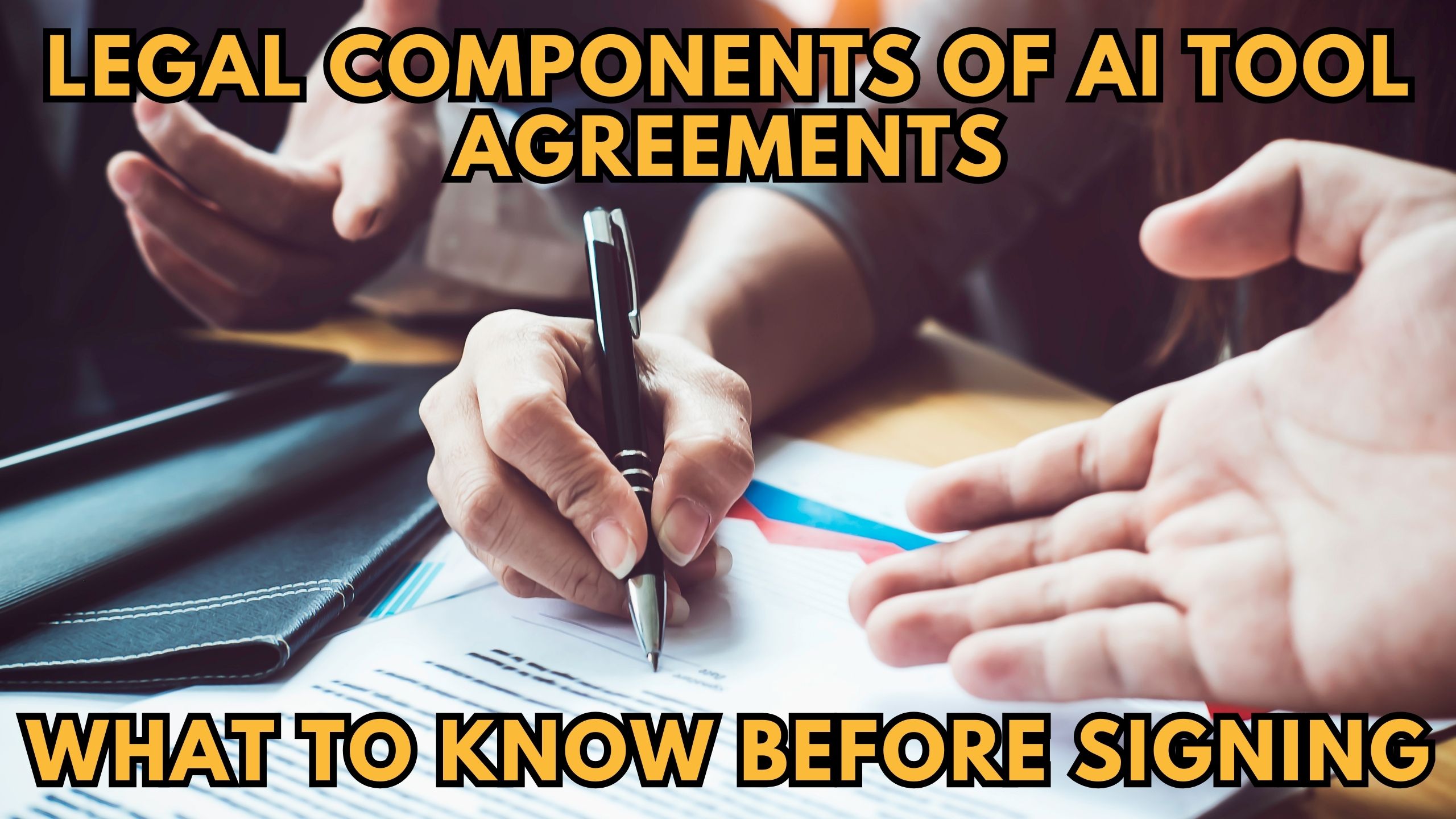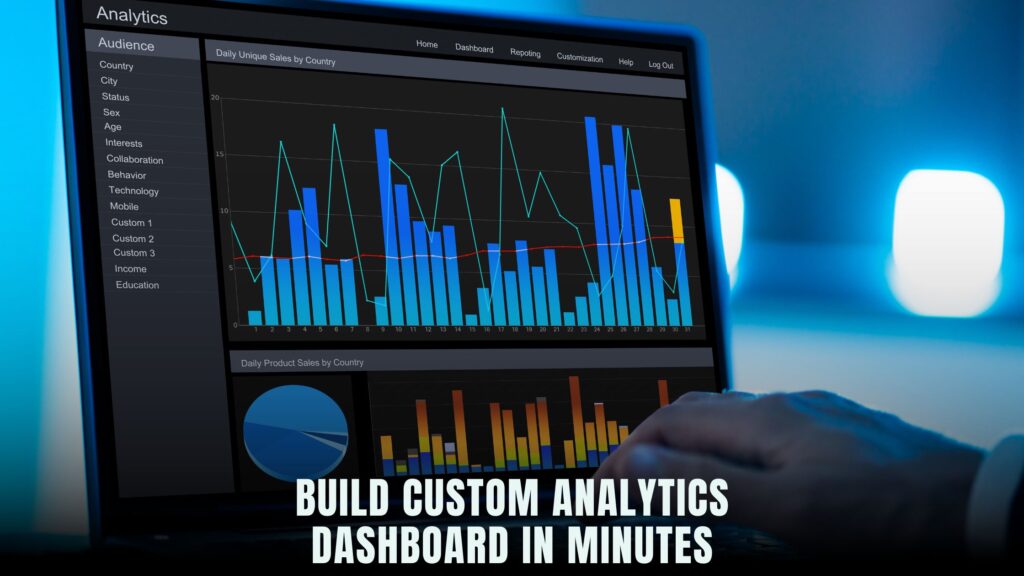Legal Components of AI Tool Agreements: What to Know Before Signing
- AI Image Generators Software AI Writing Assistant Popular Tools AI Tools


Here is the updated blog post with hyperlinks for each of the recommended AI governance platforms:
Legal Components of AI Tool Agreements: What to Know Before Signing
With artificial intelligence delivering transformative capabilities across sectors, more companies seek to leverage AI-powered SaaS platforms. But before adopting an AI tool, fully understanding contractual fine print is an imperative risk mitigation step. This article highlights key legal aspects in agreements demanding close review before AI tool sign-off.
1. AI Model Ownership Rights
Analyze which party – client or vendor – retains IP rights over any proprietary AI models developed uniquely for your use case. Seek shared or full ownership depending on the strategic value at play and negotiation leverage.
Without clarity here, you may lose access or face restrictions leveraging the fine-tuned model down the road limiting ROI from specialization investments.
2. Data Privacy Protection Standards
Scrutinize what data privacy and security protocols the AI vendor implements, beyond just broad certifications. Review technical details for encryption, access controls, and compliance audits.
Vet how client data is isolated across other tenants if running on shared cloud infrastructure. Identify breach notification commitments, if any. Otherwise, your data can remain exposed.
3. AI Model Transparency
For high-risk scenarios in banking, healthcare etc, evaluate model transparency levels explaining innards of predictions. Inspect explainability documentation revealing input features weighted for outcomes and confidence intervals conveying certainty.
Blackbox models can make erroneous calls lacking traceability into causes behind system behavior. So seek transparency fit for use case sensitivity.
4. AI Bias Testing Demonstration
Another vital facet is evaluating AI bias testing processes upfront to avoid issues like race or gender discrimination. Review model simulation results across representative demographics identifying skew.
Examine the extent of human-in-the-loop checks before live deployment and continuous model monitoring for deteriorating performance markers indicative of bias.
5. Contractual Limitation of Liability
Pay close attention to clauses limiting the AI vendor’s liability in case of failures or losses caused by the model’s recommendations. Often these are capped at the contract value – analyze if that poses significant downside risk from faulty AI calls.
Seek to negotiate these caps upwards based on possible model-induced damages using industry benchmarks as reference points.
Recommended AI Governance Platforms
Managing risks around AI requires robust MLOps tools like:
- H20.ai for model monitoring: Leading industrial AI suite tracking data drift detecting performance deterioration to enable live tuning.
- Arthur.ai for bias detection: Continuous bias monitoring platform performing multi-dimensional audits even post deployment.
- Prisma Cloud for security: Immutable infrastructure delivering advanced code protections securing AI apps against rising threats.
- Scale for dataset versioning: ML data management solution with lineage tracking ideal for IP rights and governance needs.
Key Takeaways
While modern AI capabilities unlock immense potential, businesses must watch out for a variety of technology and legal pitfalls that can undermine ROI or heighten risks around adoption. Invest adequately upfront in reviewing agreements as well as vetting the right ancillary platforms to ensure your AI tools deliver durable value safely.
Get Exclusive Deals on Hot AI SaaS Tools
As interest in AI intensifies across industries, technologists rely greatly on specialized SaaS suites to accelerate initiatives. However, costs add up fast with multiple niche platforms in play. Fortunately, Subscribed.fyi offers VIP-only deals on 100+ cutting-edge AI solutions. Sign up now for FREE to access exclusive member savings!
Relevant Links:











